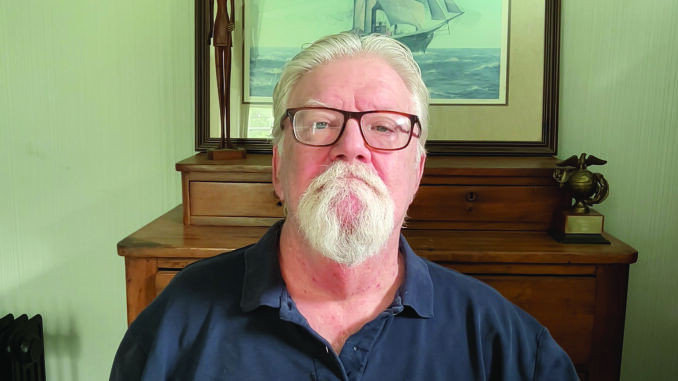
Should companies create fecund or confrontational environments?
By Terry Troy, Editor
U.S. business and industry has long applauded inventors and innovators, those daring few who take a chance on a new idea and win. Stories are oft told of how people like Bill Gates, along with a childhood friend Paul Allen, brought together a few more friends in Albuquerque, New Mexico, and created Microsoft; or how Jeff Bezos, from a garage in Bellevue, Washington, created an entirely new way to retail “everything” to the American consumer.
Of course, there’s also the legend of one of America’s greatest inventors, Thomas Alva Edison, slaving extra hours at his laboratory at Menlo Park, New Jersey, creating inventions that basically brought human beings out of the dark ages and into the age of electricity.
While there is often at least a modicum of truth to such legends, there is often much more to the story. In its earliest days, Gates was described as “demanding” and the work “intense.” More than one former employee described the office as being a confrontational environment, with Gates as the angry, difficult task master.
And there have been more than a few business periodicals that have described Amazon’s culture as “notoriously confrontational” with its founder and patron saint going off the rails with questions like “Are you lazy or incompetent?” or “I’m sorry, did I take my stupid pills today?”
Of course, Edison was also legendary for forcing his employees to work unheard of hours—often allowing his incandescent ego take credit for their advances. If he were alive, you could ask Nikola Tesla, George Westinghouse or Topsy, the elephant Edison electrocuted just to make a point.
At the same time, one could hardly take anything away from Alexander Graham Bell, or Orville and Wilbur Wright, the latter whose legacy has established our state as the birthplace of aviation.
While there are still plenty of legends of backyard, shade tree and garage inventors, real innovation is often the product of hard work and confrontation—of teams working together under stress to create synergies that lead to solutions.
All too often, we don’t credit organizations for their innovations. In 1969, the U.S. Advanced Research Projects Agency sent the first host-to-host message between the laboratories at UCLA and Stanford, creating the internet. A few years later, The U.S. Department of Defense approved a project to synthesize the best aspects of satellite navigation programs, creating the Global Positioning System (GPS) as we know it today.
Yet these corporate and organizational creators often go unsung. That’s why a recent missive from GE Aerospace made my day. It took innovation in a corporate setting down to the individual level.
Every five years or so, GE Aerospace pays homage to those who have significantly influenced both the company and the broader aerospace industry by inducting them into the revered GE Aerospace Propulsion Hall of Fame. Each honoree is chosen based on the impact they made within the company and the industry at large over the course of their careers.
The 2024 inductees included former GE Aviation CEO David L. Joyce; Chaker Chahrour, who played a crucial role in development of two of the most successful engine programs in the company’s history; Eric Ducharme, whose contributions to technology development, as well as new product and safety, impacted GE’s most successful commercial engines; Mohammad Ehteshami, who led a team of more than 8,000 engineers across numerous engine programs; and Richard (Rick) Russell, whose 38-year career led to the development of numerous commercial and military engines.
Since its inauguration by Brian H. Rowe in 1982, 151 aviation pioneers have joined this elite cohort, including the five new members who were inducted this year. Kudos to all.
But perhaps more importantly, kudos to GE Aerospace for recognizing the commitment to work its employees have in keeping it at the head of the aerospace and aviation industries.
